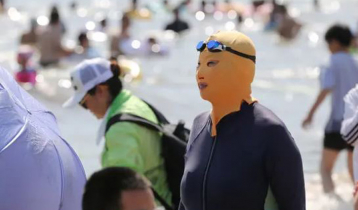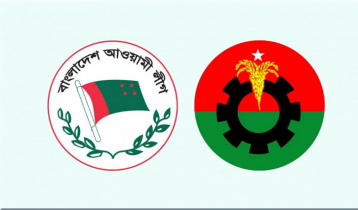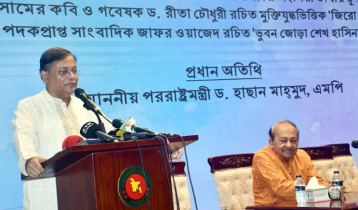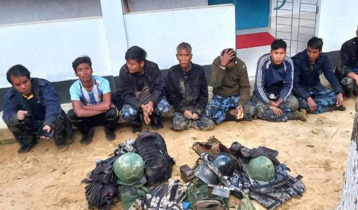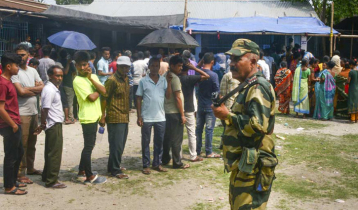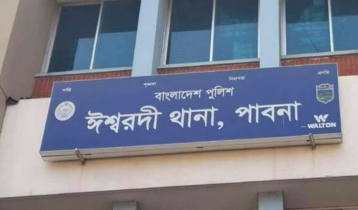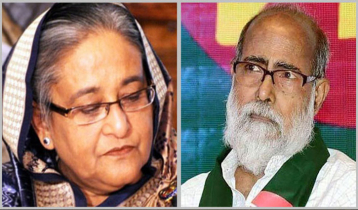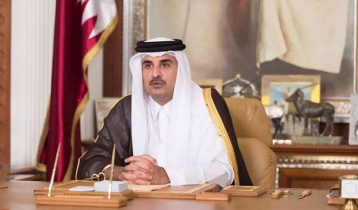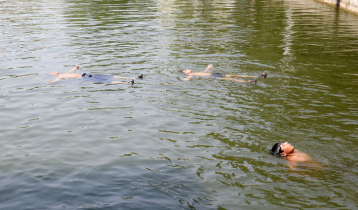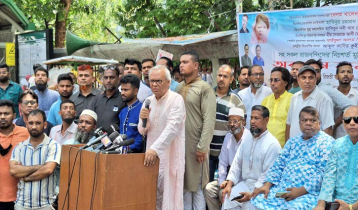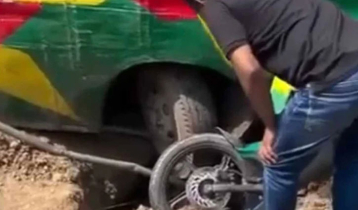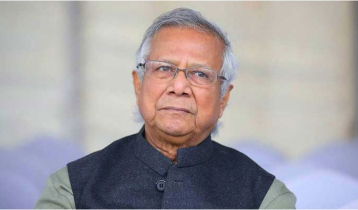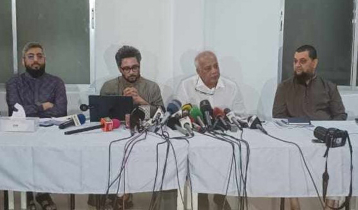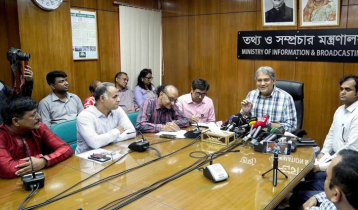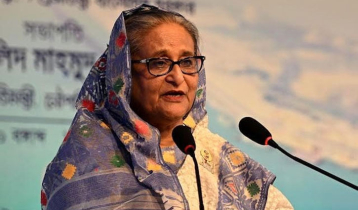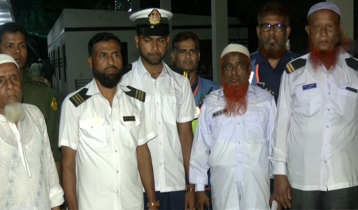On assimilating scattered Tagore memorabilia
M Matiur Rahman Mamun || risingbd.com
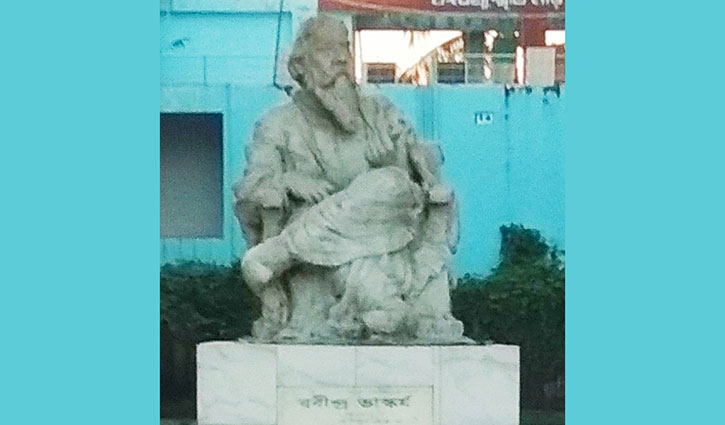
After a lot of endeavours and convincing writings to the cultural ministry, the Archaeological Department took the responsibility to revive Rabindranath Tagore’s Kachari Bari at Patisar, Naogaon. Here comes my entry. I came with a dream of recovering the lost memories of Tagore with love, compassion, research, patience and sheer enthusiasm. I began to work with zeal. It was Tagore’s 150th birth anniversary, but what I perceived that there is still some confusion in Tagore practice on his dear Kachari Bari in Patisar.
With the expiry of Zamindari it became difficult to find out the actual location, chronology and the persons involved with Tagore. It is a natural phenomenon that change happens radically with the passage of time. Apparently, I became lost, restless with the thought that whom should I go and ask if he has any belongings of Rabindranath. Finding Tagore’s distance acquaintances collecting his memorabilia would not be an easy task. Therefore, time to time I get perplexed.
Once Tagore researcher and Ex-Governor of Bangladesh Bank, Dr. Atiur Rahman Sir wrote me, Thine is beginning, mine is ending. I realized my efforts dedicated and relentless. I have to go far with the promise in mind to collect Rabindra memories.
During the year 2003- 2008, I spent to assimilate the lost Rabindra memories and to identify their locations. I started functioning from Muskipur-the adjacent village. Tagore used a khat (coach) in the Nagore boat and a wall mirror with a picture of the village landscape painted with his own hand. An iron safe was at the house of Munir Uddin Mondol, nephew of Sabed Ali Mondol. From the house of Khairul Islam, son of Mobarok Ali Mondol, who is the brother of Munir Uddin Mondol, I have been successful to collect a glass door of the Nagor boat, tea pot, easy chair, a big table, wooden almirah and a wardrobe. The wall clock has been found from the house of Amjad Hossain, the son of Aftab Uddin Khandakar.
Finding those antiques was a tedious journey. After an exhausting search in a heap of waste paper from the house of Nazrul Islam, son of Kabez Uddin Mondol, Rabindranath’s Muslim cook on Nagor, I have recovered the glass window from son-in-law of Kayez Uddin, a resident of Patisar and also a letter of Rabindranath covering six pages of grace.

Fortunately enough I have managed to rescue the account book of Patisar Agriculture Bank from Abdul Hamid, a college teacher and the son-in-law of Mohammad Ahmad Ali Shah (keeper) of BilKrishnapur. The bank was established by Rabindranath with the money he received from his Nobel Prize. A lot of researches have been done with the six page-letter by Rabindranath. It has been kept in the museum of Mahasthangar after the experiment of the officers of the archeological department.
The tip of the tractor that Rabindranath brought to Patisar for modernized cultivation lays neglected by the bank of the nearby pond. The bath tub lays uncared in the garden. For the time being these are kept in the Kancharibari. A broken chair is found from the land office of Patisar. The rusty iron safe is lying unnoticed at the post office. This is not the end. Surprisingly, just a few days before I have found out a letter of blessing signed by Rabindranath kept in Kaligram Rathindranath Institution. The rediscovered letter was sent to the archaeologists and Rabindra researchers.
The rescue mission for Tagore memorabilia is extremely personal. No such interest was noticed in anyone. It is my lifelong relentless journey towards the mystery of Rabindranath where I have tried to relate radio, Television, Newspaper and every means to engage others. I endeavoured to engage Rabindra researchers in Dhaka and outside. I have inspired them and tried to grow love for literature.
However, there remain some questions: why didn’t the archaeological department take essential initiatives to protect these archaeological symbols? Why didn’t the concerned authority take any legal step when the local chairman sold all the reminiscence of Rabindranath in Patisar? Rabindranath has freed the poor and helpless impoverished people from the stage of servitude by establishing Krishi Bank in 1905 with a view to providing loans at easy terms.
A hundred-year ancient register book of accounts of the transactions in the Patisar Krishi Bank for 25 years from Bangali 1320 to 1345 and that is attached with the monogram Younik bears the testimony that Rabindranath was the pioneer of micro-credit.
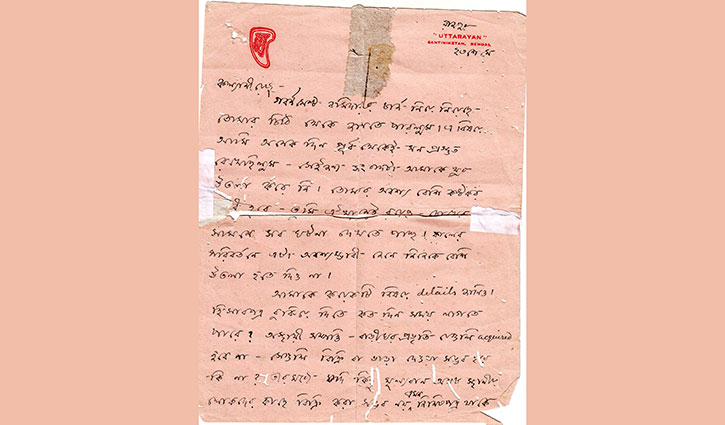
It was our long-awaited demand to build up a Rabindra museum at Patisar to preserve cultural tradition and Rabindra memories. We have already lost a lot remaining. We do not want to lose any of the remaining rather want to preserve. And the memories of Rabindranath at Patisar are also on the verge of ruin. The clay houses of Rabindranath Tagore built in those days are representation of archeological symbol. They are bent in the burden of age but if preserved, they can create the same appeal as of the clay houses of SantiNiketon.
However, it is urgent to evict the illegal occupation of the Nagarghat and build a new ghat. Historical Rabindra Dighi has been polluted by excessive use of chemical fertilizers and cow dung. We need to bring back its lost beauty soon. The garden is also in miserable state. During the rainy season the embankment of the river Nagar collapses. A spar should urgently be made to repair the decayed “Rabi Sarabara Ghat”.
In the auspicious moment when we have observed the 150th birth anniversary of Rabindranath, the Patisar museum remains unprotected. During the last five years, cultural activities and the local people have strengthened the demand of founding an agriculture university, a museum, a mini-park and a modern hospital. They have also demanded the holy place free from the illegal political occupants. It is to be noted government has established Rabindra Krishi Institute of Technology and a Modern Circuit House (Bangabandhu Smrity Nir). He has also contributed in many philanthropic works.
As a literature admirer, I tried to enlighten myself with different kind of knowledge. So far, I have written about my feelings in this article with the reflection of the collection of Rabindra memory, our glorious heritage, history, tradition, culture and literature. Literary artists generate love among mankind and it requires love to accept it.
Love has the power to see things in boarder perspective and only through love for the poet and literature we can realize our indebtedness towards Rabindranath. Therefore, we need to study him intensely.
The author is Tagore researcher and activist
Dhaka/AKA





